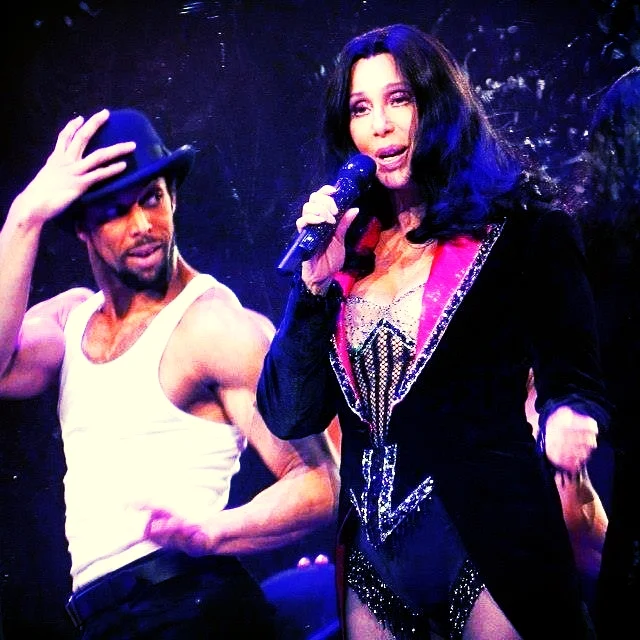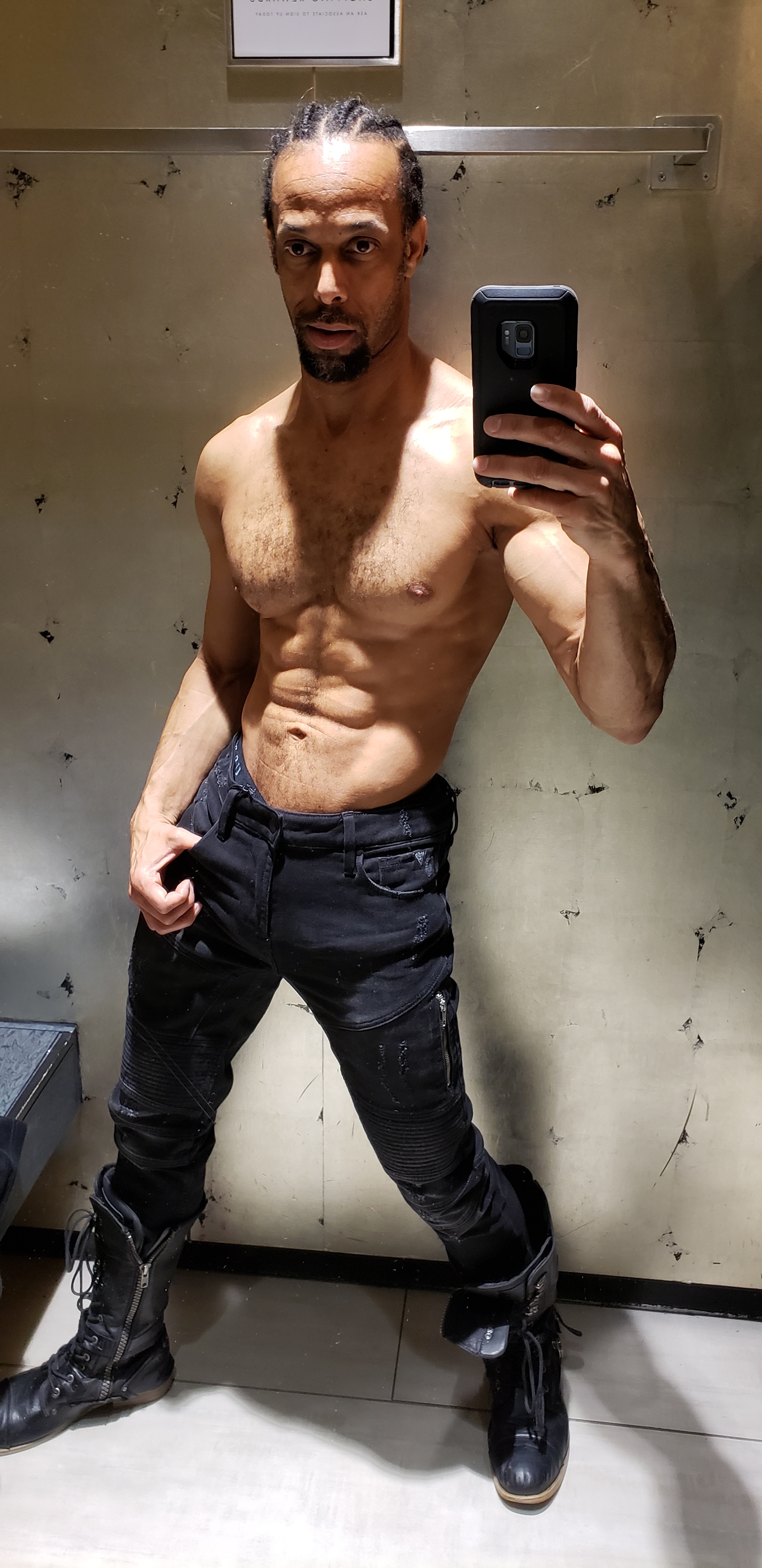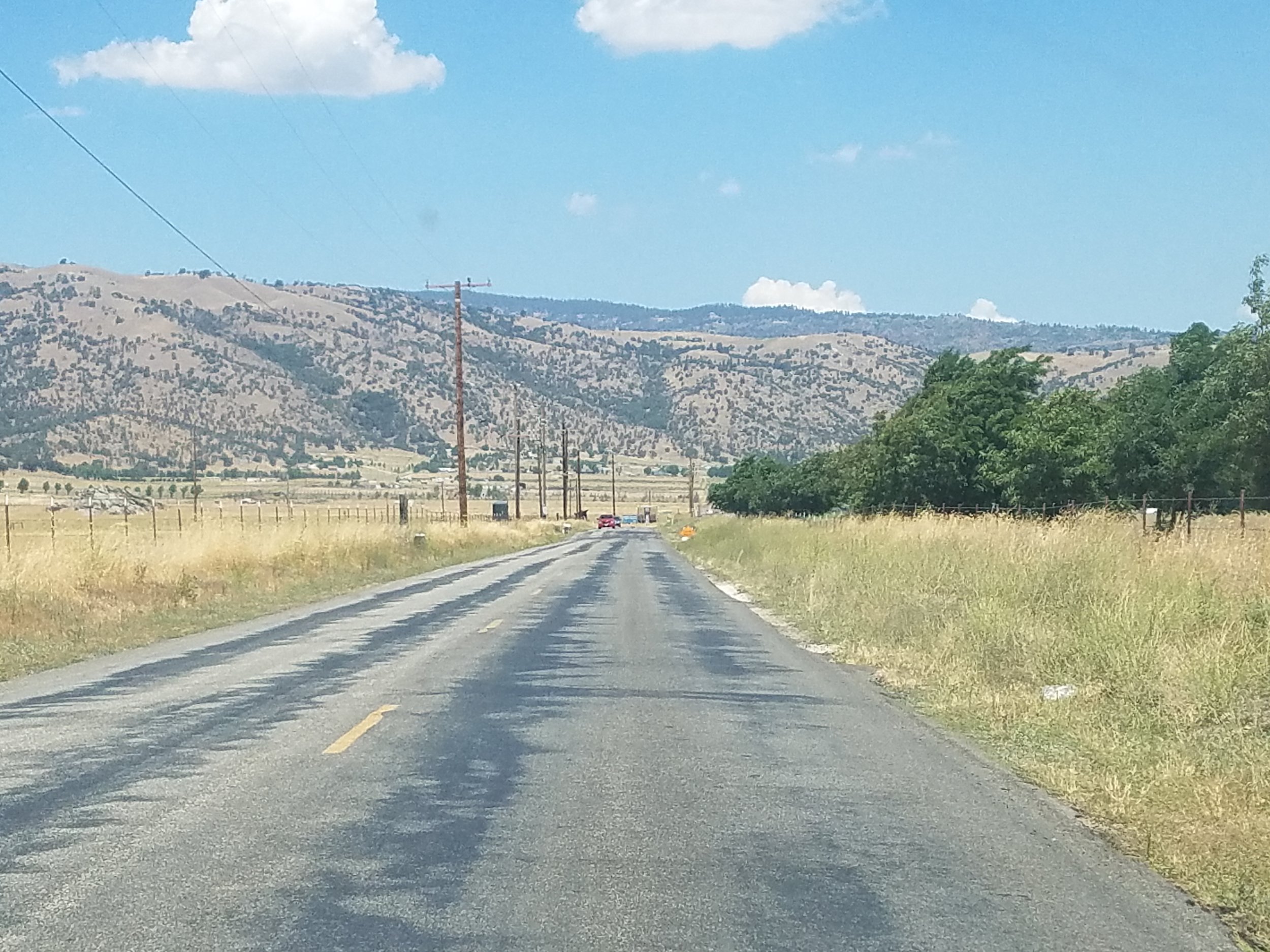cheat: a term that describes exploiting the audience lack of depth perception to “pretend” to look at a person or persons upstage (behind) of your profile sight line in an effort not to turn the head or body too far from front.
I had never worked with Arthur Mitchell.
During my senior year of college, a close friend auditioned for Dance Theater of Harlem’s studio company with a video of us dancing Raymonda. They offered me a gig too, but I turned it down, in part because at the time I was secretly afraid that I would never be able to meet the aesthetic and technical standards of a New York ballet company, especially one founded on the principle that black dancers can and have to do it better.
Last year, glorious retired DTH principal Lorraine Graves, for whom I have no No’s, called and invited me to dance I’ll Be Seeing You for the concert portion of a Columbia University effort to archive work connected to Mr. Mitchell.
At the tech rehearsal, Lorraine attempts to introduce me to him and I attempt to re-meet him.
He shoos me away and I flee, relieved there is no fly swat.
He shouts at my friends on stage as if they are still tweens learning to stand up correctly. These are venerable, google-worthy colleagues like Alicia Graf and Paunika Jones and Akua Parker, who have had laudable careers and enviable levels of discipline in their bodies. He loves them like they are his.
Yet they can do no right.
In an escape attempt, I try to apply all of their notes. I run my solo, in which a shirt is used to represent a loved one who has passed on. There are gestures before the music starts.
“What is that? What is he holding?”
If I can hear it closely from the stage, Lorraine’s ears are scorched. I continue dancing, understanding that now I have to be pretty flawless to thwart annihilation.
I carry on with the synecdoche. More gestures. Feelings. The shirt reminds me of the loved one. I bring it to my chest to feel it close.
“Well is he smelling the shirt?” It comes as a javelin from the house, less a question than an accusation.
When I get off stage, Mr. Mitchell asks me what the solo is about.
“It’s about an experience of loss. The year Lorraine saw it, three black male dancers in three different generations had passed, including Albert Evans—”
“What does that have to do with me?”
Every answer that might work seems fraught with button-pushing potential toward my demise. Giving him his flowers while he’s living might imply that he’s a relic on the way to extinction. Explaining my connection to his legacy via the resurgence of DTH through studio performances years back might invite him to ask why I never auditioned while he was the artistic director. And I’d sooner yank out my tongue than use it to throw Lorraine under the bus, although she probably has a small flat there when she’s coordinating for Mr. Mitchell. I am stumped. I reply the best way I can.
“I wanted to perform it as a tribute to you because of your influence on us all.”
It suffices. Barely. He proceeds to re-choreograph the top of the solo. I follow every instruction, noting that since he did the same with Rasta Thomas earlier (see paragraph above about venerable colleagues), I am in good company. To make the soft cotton read as a garment, I have to keep it buttoned for the whole piece, which means I cannot put it on at any point during the solo. I adjust.
Then for the show, Mr. Mitchell sits in a special downstage right, just beyond the proscenium, and proceeds to curate the evening. No wonder the interview; he needed to know what to say.
He plans to introduce each piece before we dance.
We are horrified.
Brooklyn Mack (another paragon to add above) and I pray for Mr. Mitchell’s microphone to be off during the pieces, until we realized that he is situated so close that his commentary would need no amplifying. Somehow, we all arrive from this unscathed, and I am thrilled when the smile he returns to my bow is warm.
Months later, for another intimate dance event Mr. Mitchell would curate, Paunika asks me to dance with her a 1970’s pas de deux from a piece made on titans Keith Saunders and James Washington. I immediately prepare my spirit for brutalizing rehearsals, a few deep digs, an alert that really I’ve sucked all along, perhaps some admonishment for not training at DTH. Etc. It’s old-school and borderline abusive, but because I’ve already been beat up and broken down by similar mentors, I am ready to be blessed with anything Mr. Mitchell has for me.
Unfortunately, a fall at a gala takes him out of commission for a while, leaving Paunika and me to our own devices.
On the day of the show, after the four, half-hour tech rehearsals that run from 9 to 11 a.m., just as Rasta Thomas, NYCB principals Maria Kowroski and Amar Ramasar, and Paunika and I are heading to the dressing room to prepare and right before the stage would be cleared so that the house could open, Mr. Mitchell swoops in. When I say swoops, I mean that he enters as robustly as an octogenarian recovering from a recent fall can, determined, focused and angry at the cane for its necessity.
“Okay, let’s begin. I need to see everything.”
As soon as he sits, a beautiful older black woman with a glorious neckline and joy in her eyes comes to hug and kiss him. She may as well be a swarm of wasps because he shoos her too.
“Not now, I need to do this. I’m busy.”
(I feel instantly better when I later learn that she was one of his first principal ballerinas ever.)
The dancers know better than to speak unless spoken to, reserving our admiration, greetings and hugs for some other point in the distant, post-show future.
“Let’s start with Doina.”
It isn’t even first on the program.
Without looking squarely at him, I see Rasta laughing. He was generous enough to help us earlier by giving us at least one brief rehearsal with notes and suggestions. He also knows that I ran the pas de deux twice moments before, which means this first one for Mr. Mitchell would make three before the performance, if I made it through with just one run. I feel Rasta’s prayers and sympathies.
I do not complain. I go to my place Stage Left, grab Paunika out of a handstand and assort her on to my body so that I can enter slowly with her.
“Use your stomach muscles. You have to use your stomach muscles to roll up,” he says.
She is the target this time, thank God. He shouts a few notes to me as well, stern enough to dare me to get any of them wrong.
Then it was time for Maria and Amar in Balanchine’s Agon pas de deux. Silent, I sit on the side and watch Mr. Mitchell rehearse this masterpiece made on him over half a century ago. The clarity of his insights blows my mind.
“Remember,” he says, “she can’t do anything without you. You lead all of it.”
Very much how Mr. Mitchell lived his life, leading “all of it” in the face of guerrilla racism, providing generations of dancers shoulders to stand on. This was a man notorious for crazy goings-on, for coordinating dancer proficiency expectations with the zodiac, for terrorizing the entire administration of his company, for being generally irascible most of the time. But privilege is when nothing—not even inhumane Big Brother tyranny (Steve Jobs), nor a very public marriage to your step-daughter (Woody Allen)—besmirches the gratitude history pays your legacy. Privilege. And as a black man from anywhere, Mr. Mitchell had none. As I sit on the floor learning, I understand how important it is to balance this deficit with our stories. It means understanding the paradox of pioneering blackness into an inherently exclusive aesthetic art form while maneuvering around the tendrils of it that cradle self-hatred. It means forgiving him for places where he might have fallen short.
He had the self-esteem to lead all of it nevertheless.
Rasta tells me after this 92nd Street Y noon-time performance that Mr. Mitchell complimented his performance from Columbia based on a subsequent video viewing.
“He saw it though, right from on stage, yes?” I ask.
“Not really. He was cheating.”
“Lies!” All that stress only to find out he missed a lot of it until he saw the video,
“He was concerned about lighting that cheekbone. You know that man is vain.”
And I am so much better for it.
The whole world is so much better for it.




















